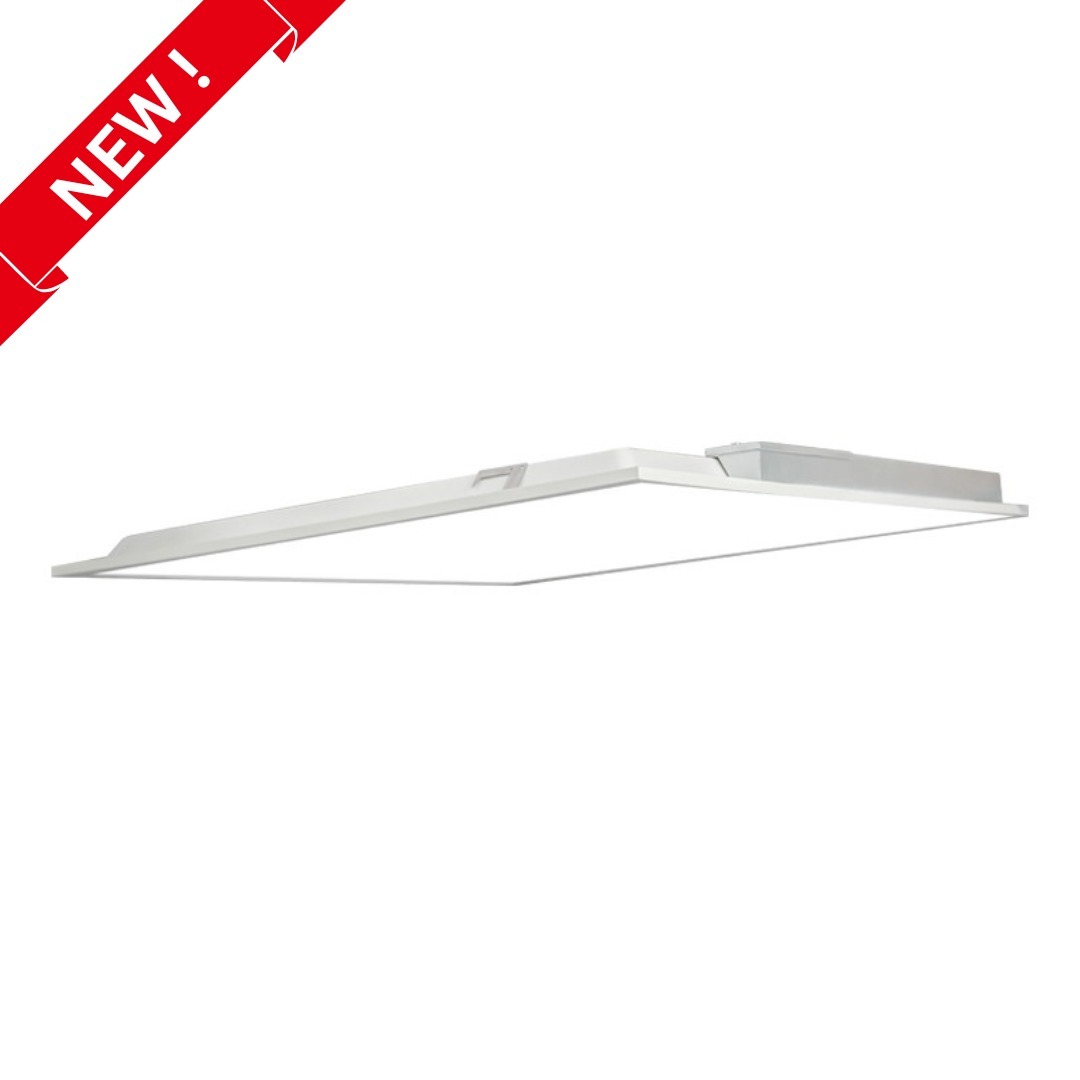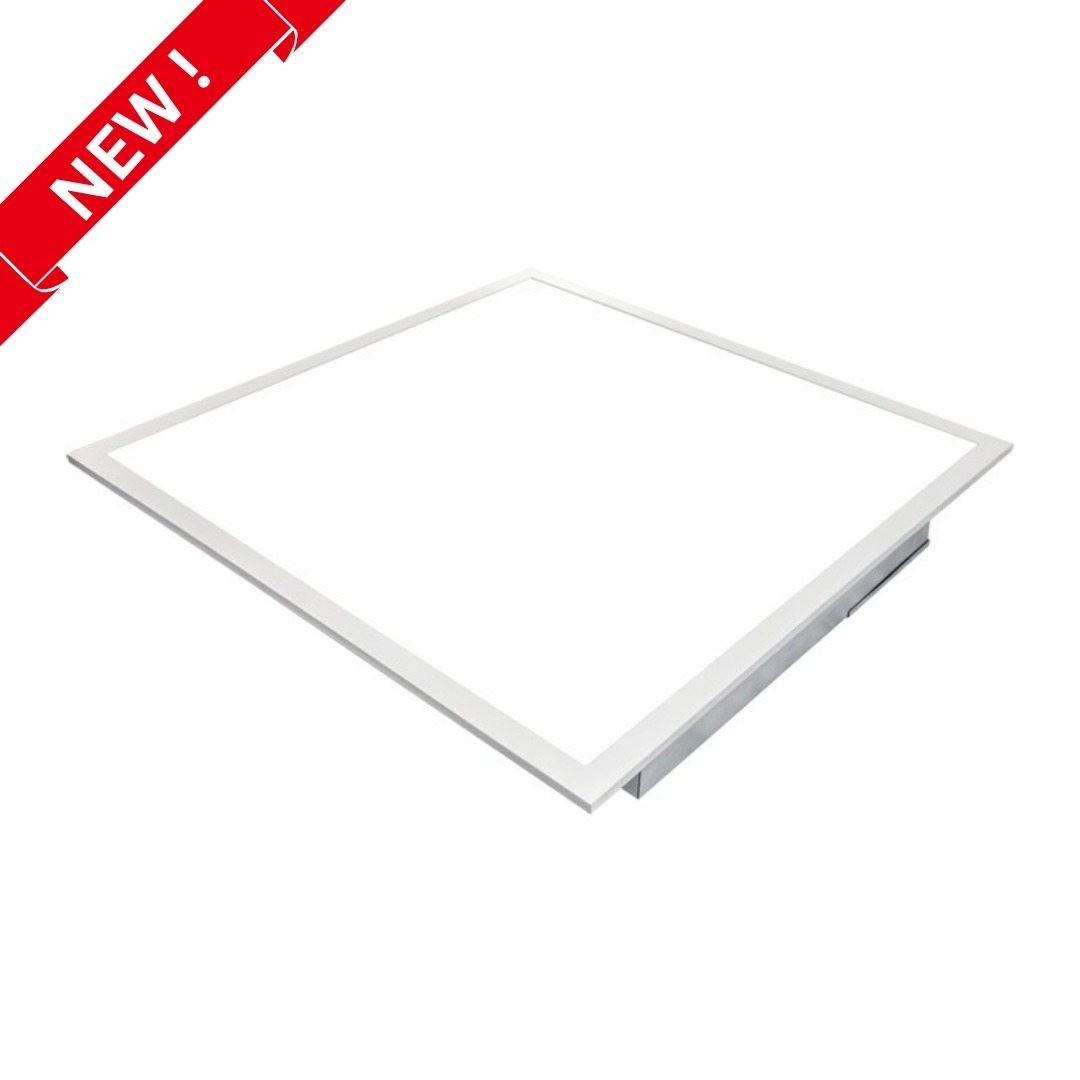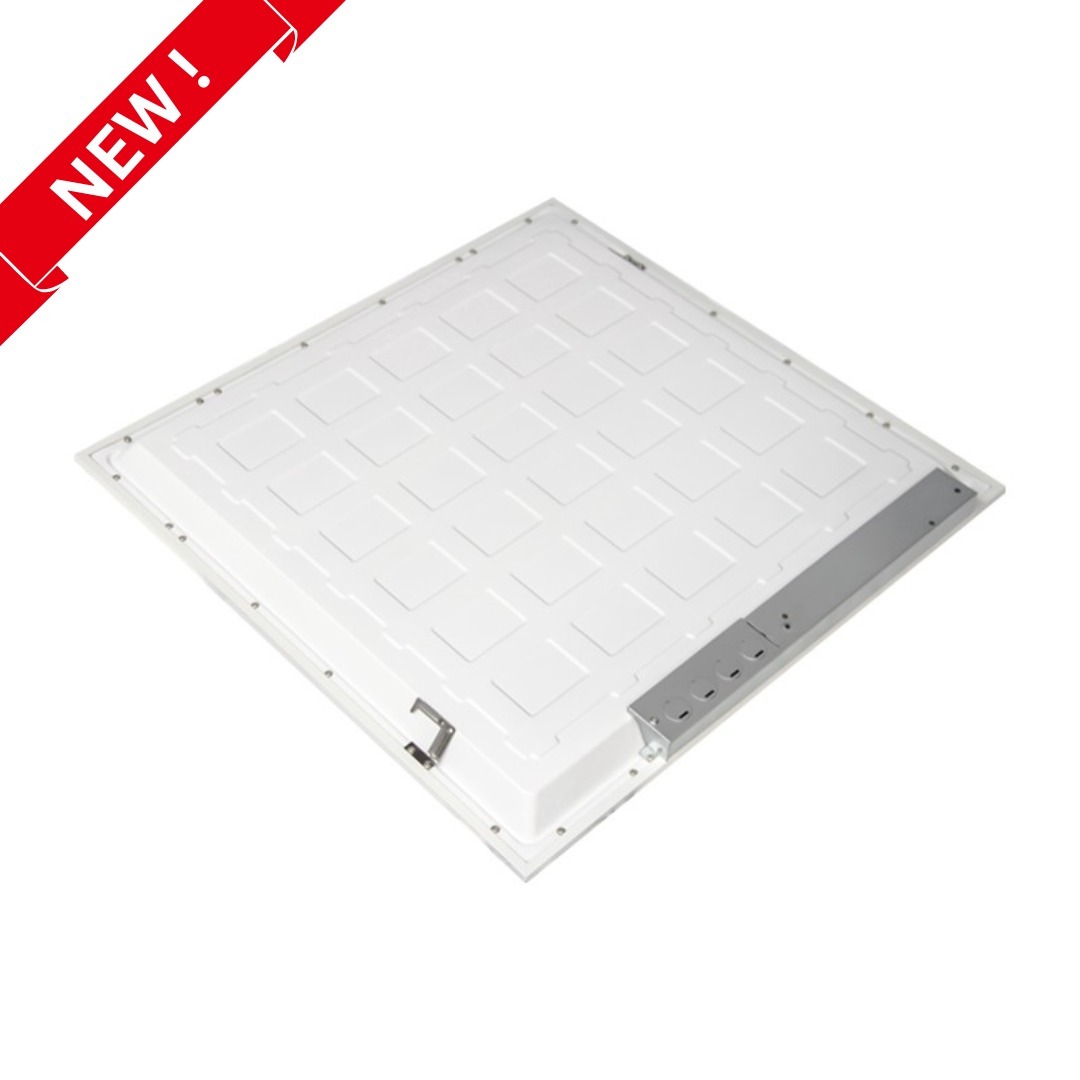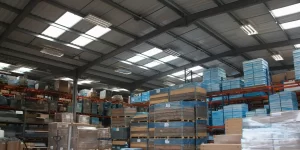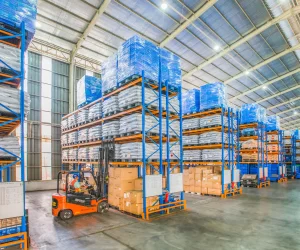School sports fields are essential community spaces where students engage in physical activities, team sports, and outdoor events. Proper lighting ensures that these spaces are safe and functional during evening or early morning hours. For contractors and distributors involved in lighting installations, it is critical to provide efficient, long-lasting, and high-performance lighting solutions tailored to the specific needs of school sports fields. This guide covers key considerations and recommendations for contractors and distributors when implementing school sports field lighting systems.
Understanding School Sports Field Lighting Requirements
Before diving into specific solutions, it’s important to understand the unique requirements for lighting school sports fields. The lighting needs to be bright enough to ensure visibility for players and spectators, but also energy-efficient to minimize operational costs for schools.
Key factors include:
- Uniform Illumination: Even lighting distribution across the field to avoid shadowed areas and ensure consistent visibility.
- Glare Reduction: Minimizing glare is essential for both players and spectators to maintain comfort and focus during games.
- Energy Efficiency: Schools typically require budget-conscious solutions, so energy-efficient LED lighting is ideal.
- Durability: Outdoor lighting should be built to withstand environmental factors such as rain, wind, and temperature fluctuations.

Photo from Bilanol via iStock
2. Choosing the Right LED Lights for School Sports Fields
LED technology has revolutionized sports field lighting, offering superior brightness, longer lifespan, and lower maintenance compared to traditional lighting solutions. For school sports fields, the following types of LED lights are highly recommended:
LED Floodlights:
Ideal for covering large areas of the field with broad, powerful beams of light. These lights ensure even coverage, reduce shadows, and provide excellent visibility. Floodlights are adjustable, allowing contractors to fine-tune beam angles and avoid excessive glare while maintaining a safe and professional environment.
LED Area Lights:
These are effective for lighting larger perimeters of the field, including walkways and parking areas surrounding the sports field. Area lights offer good distribution and can be configured for specific coverage zones, ensuring that the surrounding areas are well-lit for safety reasons. They are also highly durable and able to withstand harsh weather conditions, making them suitable for year-round use.
LED Wall Packs:
Wall packs are excellent for illuminating adjacent structures, such as school buildings, bleachers, or field storage units. This additional lighting improves visibility for spectators, staff, and students moving around the field area, increasing safety during evening events.
Dusk to Dawn Lights:
These lights are equipped with sensors that automatically turn the lights on at dusk and off at dawn. Dusk to dawn lights ensure that the field and surrounding areas remain illuminated when needed, without manual operation. This not only enhances convenience but also improves energy efficiency by preventing unnecessary usage during daylight hours. They are an excellent solution for schools with fields in constant use or where lighting management is a challenge.
For contractors and distributors, working with high-quality LED lights ensures that schools will experience fewer replacements and maintenance issues, ultimately reducing long-term costs. LEDs also offer energy savings, making them a sustainable option for schools looking to reduce operational expenses.
Important Considerations for Contractors and Distributors
When selecting and installing lighting solutions for school sports fields, there are several important factors to keep in mind:
- Lighting Standards Compliance: Always ensure that lighting solutions meet local and international standards for sports field lighting. This includes both the intensity of the light and the uniformity of its distribution.
- Installation Flexibility: Contractors should be prepared to install lighting in various field layouts. Customizable mounting options for floodlights, area lights, and wall packs are essential for achieving optimal light distribution based on the unique dimensions of each school field.
- Control Systems: Implementing advanced lighting control systems can enhance energy savings by allowing schools to adjust lighting levels based on time of day, event schedules, or weather conditions. This also extends the lifespan of the lights.
- Maintenance Accessibility: Distributors should prioritize offering products that are easy to maintain. Modular design and easily accessible components help contractors perform maintenance and replacements efficiently, reducing downtime for school facilities.
Installation Best Practices for Contractors
Contractors play a critical role in ensuring that the lighting system performs well and meets the needs of the school. Here are some best practices for installing lighting on sports fields:
- Light Pole Positioning: Correct placement of lighting poles is vital for ensuring uniform light distribution. Poles should be installed at a height that allows for wide-angle coverage and minimal shadows. The number and placement of poles should also be planned to avoid any dark spots on the field.
- Beam Angles: Contractors should use lights with adjustable beam angles to fine-tune illumination and avoid excessive glare that could interfere with player performance. It is also important to prevent light spillover into surrounding areas or neighborhoods.
- Weatherproofing: Install lighting fixtures that are rated for outdoor use, ensuring they can withstand weather conditions and operate reliably in various climates. This includes ensuring that all wiring and electrical components are properly sealed to prevent damage from rain, snow, or humidity.
Energy Efficiency and Sustainability
For schools, energy consumption and sustainability are key concerns. LED lights are the preferred choice for energy efficiency, offering up to 80% energy savings compared to traditional lighting options. Contractors and distributors should emphasize the long-term cost benefits of installing LED systems.
Additionally, implementing dimming controls and motion sensors can help schools further reduce energy consumption by allowing lighting to operate only when needed. This can significantly reduce electricity costs, especially during non-game hours or in fields that are not in use year-round.
Dusk to dawn lights further enhance energy efficiency by automating the lighting process. Schools no longer need to worry about manually switching lights on or off, as the sensors control this process based on natural light levels. This reduces human error and ensures that lights are only used when necessary.


Photo from CasarsaGuru via iStock
Working with Distributors: What to Look for
Distributors play a crucial role in supplying contractors with the right products. When choosing a distributor for school sports field lighting projects, contractors should look for:
- Product Range: Distributors offering a wide range of LED solutions, including floodlights, area lights, dusk to dawn lights, and wall packs, can provide the flexibility needed to meet diverse school field requirements.
- Customer Support: Responsive and knowledgeable customer support from distributors helps contractors manage complex projects and troubleshoot any issues that arise during installation.
- Warranty and Return Policy: Reliable distributors offer extended warranties on their products, ensuring contractors and schools are protected from defects or failures after installation.
Conclusion
Installing the right lighting solutions for school sports fields is crucial for creating safe, well-lit environments where students can participate in sports and other outdoor activities. For contractors and distributors, understanding the specific needs of school fields and providing efficient, durable, and compliant lighting systems will result in satisfied clients and long-term success. By offering advanced LED lighting options like floodlights, area lights, dusk to dawn lights, and wall packs, and implementing energy-efficient solutions, contractors can ensure that their projects meet the high standards expected by schools.
With the right lighting solutions, schools can keep their sports fields bright, safe, and ready for action, no matter the time of day.
FAQs
1. What is the best type of lighting for school sports fields?
The best type of lighting for school sports fields is LED lighting, particularly LED floodlights, area lights, and wall packs. These offer bright, uniform illumination, reduce glare, and are energy-efficient. LED lights also have a long lifespan, minimizing maintenance needs and operational costs.
2. How do dusk to dawn lights benefit school sports fields?
Dusk to dawn lights automatically turn on at dusk and off at dawn, ensuring the field is illuminated when needed without manual intervention. This feature increases convenience and energy efficiency, as lights won’t stay on unnecessarily during daylight hours, reducing electricity usage and costs.
3. How can contractors ensure proper lighting distribution on a sports field?
Contractors should ensure proper placement of lighting poles and adjust the beam angles of LED floodlights to cover the entire field evenly. Proper installation height and pole positioning are critical to avoid dark spots and ensure consistent visibility across the field.
4. What are the main energy-saving features of modern sports field lighting systems?
Modern sports field lighting systems use energy-efficient LEDs, which offer up to 80% energy savings compared to traditional lighting. Additional features like dimming controls, motion sensors, and dusk to dawn lights further reduce energy consumption by allowing lights to operate only when necessary.
5. How often do LED sports field lights need maintenance?
LED sports field lights have a long lifespan, often lasting up to 50,000 hours or more, significantly reducing the need for frequent maintenance. However, regular checks should still be performed to ensure the lights are clean, properly positioned, and operating at optimal performance.













